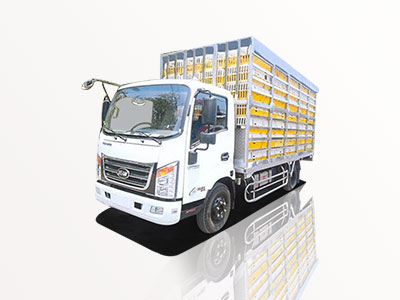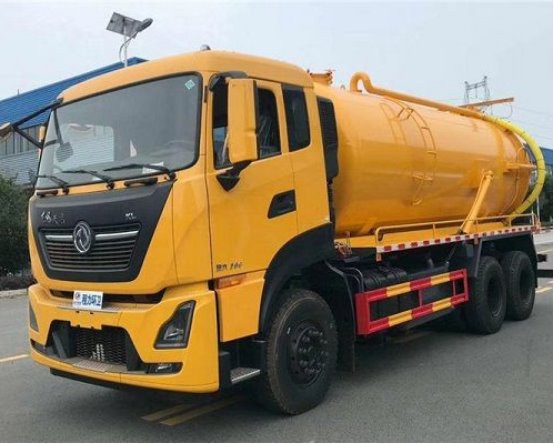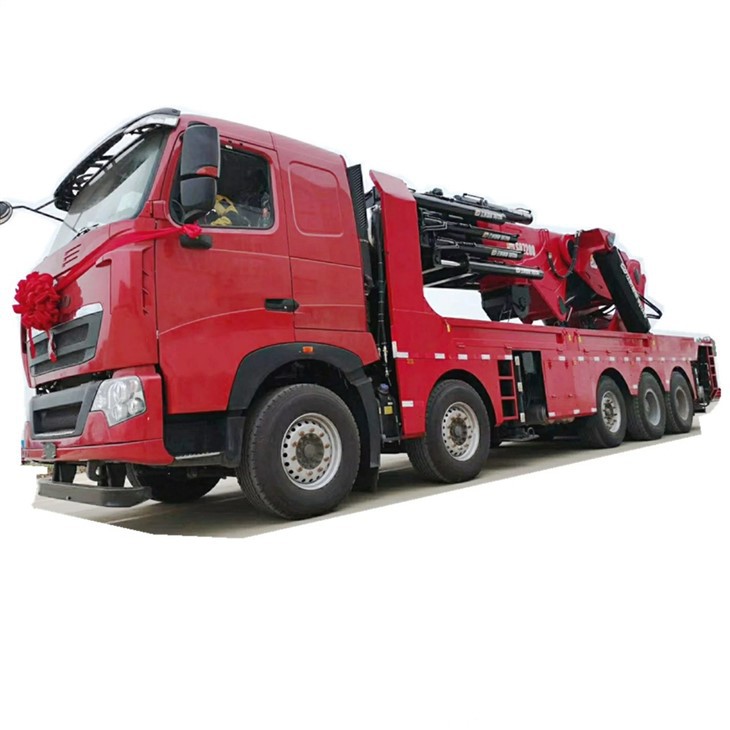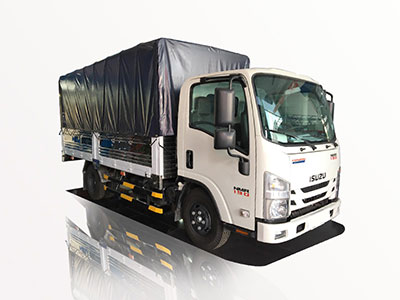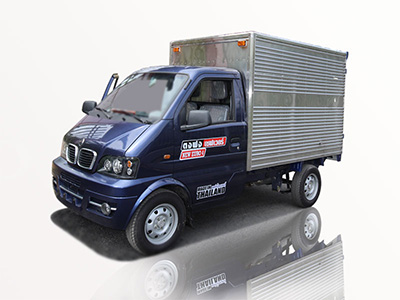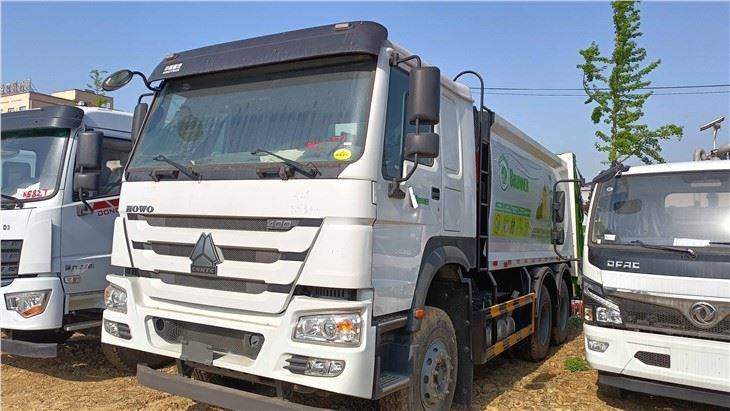Sewage management is a critical aspect of public health and sanitation. Among the technologies utilized for this purpose, sewage tanker pumps play a vital role. In this comprehensive guide, we will explore the various aspects of sewage tanker pumps, including their types, working mechanisms, applications, maintenance, and more. This article aims to provide you with an in-depth understanding of sewage tanker pumps to help you make informed decisions.
What is a Sewage Tanker Pump?
A sewage tanker pump is a specialized pump designed to transport sewage and wastewater from residential, commercial, and industrial facilities. These pumps are often mounted on trucks, creating a mobile sewage removal solution that can reach areas where fixed sewage systems are unavailable or impractical.
Types of Sewage Tanker Pumps
1. Diaphragm Pumps
Diaphragm pumps are commonly used for sewage applications due to their ability to handle viscous liquids and solids. They operate by using a diaphragm that moves back and forth to create suction and discharge the waste material.
Advantages of Diaphragm Pumps
- Self-priming capabilities
- Ability to handle solids
- Less maintenance required
2. Submersible Pumps
Submersible pumps are designed to function while submerged in sewage. These pumps are often used in wastewater treatment plants and sewer systems.
Advantages of Submersible Pumps
- Efficient in moving large volumes of wastewater
- Space-efficient design
- Reduced risk of flooding
3. Centrifugal Pumps
Centrifugal pumps rely on rotational energy to move sewage. They are widely used in industrial applications due to their high efficiency.
Advantages of Centrifugal Pumps
- High flow rates
- Simplicity in design
- Low operational costs
4. Progressive Cavity Pumps
Progressive cavity pumps are designed to handle thick sludge and are often used in municipal wastewater treatment facilities.
Advantages of Progressive Cavity Pumps
- Consistent flow rate
- Ability to handle abrasive materials
- Reduced pulsation compared to other pumps
How Sewage Tanker Pumps Work
Sewage tanker pumps operate through different mechanisms depending on the type of pump. Here’s a general overview of how each works:
Diaphragm Pumps
In diaphragm pumps, the diaphragm moves up and down, creating a vacuum that draws sewage into the pump and pushes it out through an outlet. The design allows for handling solids without clogging.
Submersible Pumps
Submersible pumps are located below the surface of the sewage. A motor drives an impeller, creating a high-pressure through centrifugal force, pushing sewage upwards through a discharge pipe.
Centrifugal Pumps
Centrifugal pumps utilize rotating blades to create a flow of sewage. When the fluid enters the impeller, it becomes pressurized and is expelled through the discharge pipe.
Progressive Cavity Pumps
Progressive cavity pumps work by utilizing a helical rotor that moves through a stator. As the rotor turns, it creates cavities that fill with sewage and transport it to the discharge.
Applications of Sewage Tanker Pumps
Sewage tanker pumps are versatile and play a crucial role in various applications, including:
1. Residential Wastewater Management
In areas without a municipal sewage system, sewage tanker pumps are essential for removing wastewater from homes.
2. Industrial Waste Management
Manufacturing plants often produce large volumes of wastewater, making sewage tanker pumps important for creating a sustainable waste management system.
3. Municipal Sewage Systems
Often used in conjunction with lift stations, these pumps help transport sewage to treatment facilities.
4. Construction Sites
At construction sites, sewage tanker pumps manage wastewater from temporary toilets and site facilities.
Choosing the Right Sewage Tanker Pump
Selecting the appropriate sewage tanker pump is crucial to ensure efficiency and effectiveness. Consider the following factors:
1. Type of Sewage
Identify whether you will be handling solid, sludge, or liquid waste. Some pumps are better suited for specific types of sewage.
2. Flow Rate
Determine the required flow rate based on the volume of sewage that needs to be transported. This will help in selecting a pump with an adequate capacity.
3. Head Pressure
The vertical distance the pump needs to move the sewage is known as the head pressure. Be sure to choose a pump capable of handling the required head.
4. Power Source
Consider the availability of power sources at your location—electric, diesel, or manual pumps are available options.
5. Maintenance Requirements
Some pumps require more maintenance than others. Understanding the upkeep needed can help in selecting a suitable option.
Maintenance Tips for Sewage Tanker Pumps
Proper maintenance can enhance the lifespan of your sewage tanker pump. Here are some practical maintenance tips:
1. Regular Inspection
Conduct regular inspections for wear and tear, leaks, or other signs of damage.
2. Clean Filters
Ensure that filters are cleaned or replaced regularly to prevent clogging and ensure optimal performance.
3. Monitor Oil Levels
For submersible pumps, check oil levels regularly to ensure proper lubrication of components.
4. Run Test Cycles
Periodically run the pump without load to identify any operational issues before actual usage.
Frequently Asked Questions (FAQs)
1. What is the average lifespan of a sewage tanker pump?
The lifespan can vary based on usage and maintenance but generally ranges between 10-15 years.
2. Can sewage tanker pumps handle solid waste?
Yes, specific designs like diaphragm and progressive cavity pumps are capable of transferring solid waste efficiently.
3. How often should sewage tanker pumps be maintained?
Maintenance should be conducted quarterly, though frequency may vary depending on usage levels.
4. Are sewage tanker pumps environmentally friendly?
Yes, when used correctly, they help in the effective and safe disposal of sewage, minimizing environmental impact.
5. What should be done if the pump is not working?
Check for power supply issues, blockages in the inlet, or lubrication problems. Consult a professional if issues persist.
6. Is it necessary to hire a professional for installation?
While some individuals may manage DIY installations, hiring a professional ensures proper setup and compliance with local regulations.
Conclusion
Understanding sewage tanker pumps and their functions is crucial for effective wastewater management. By selecting the right pump and implementing a robust maintenance plan, you can ensure safe and efficient sewage transport. This guide serves as a resource to help navigate the complexities of sewage management and maintain public health standards.

